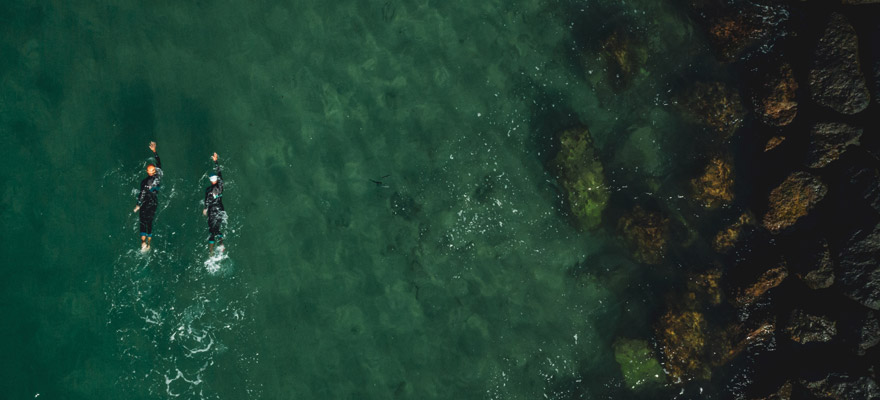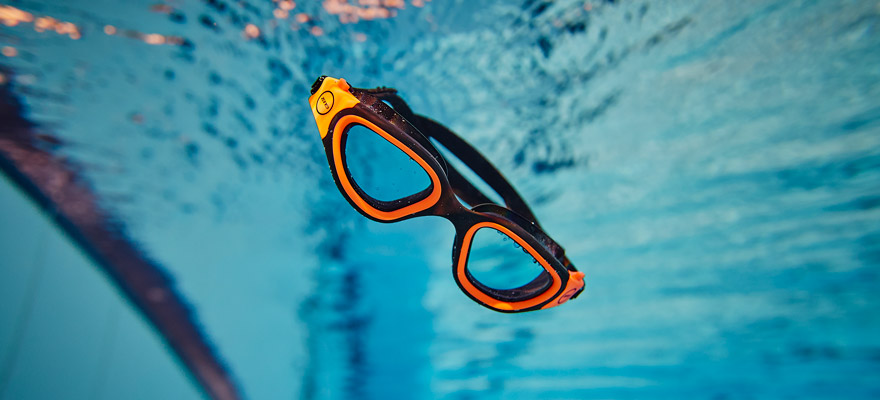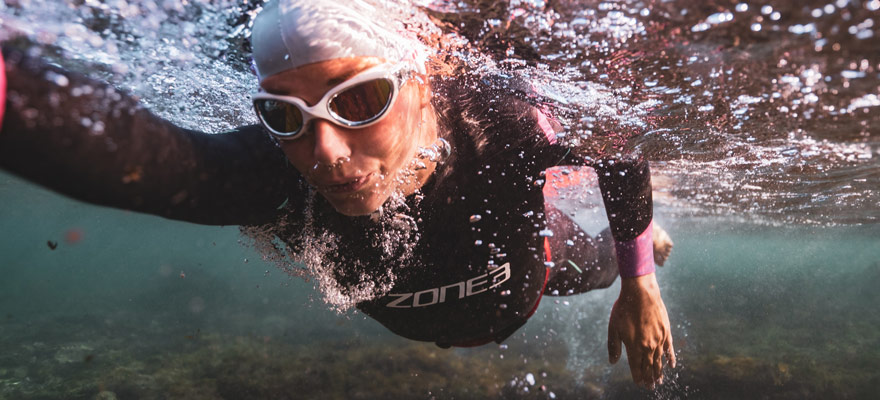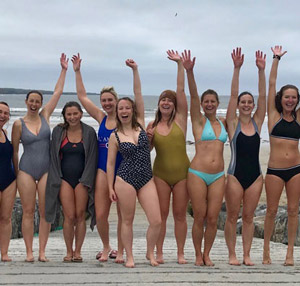Beginner's Guide To Wild Swimming

All images: Zone3
Whilst swimming lengths of a bustling swimming pool is a good way to get a workout in, it isn't always the most relaxing. Compared to the unique experience of taking a swim in a mountain lake or a twisting river, and I think wild swimming comes out on top for most.
Not only is wild swimming a great way to connect with nature, but it also has a number of excellent physical and mental health benefits. Whilst it is a simple sport, there are a few key pieces of equipment you'll need to pick up and some important safety points to ensure that you stay safe.
What is Wild Swimming
Wild swimming is any swimming in an outdoor body of water, usually based around rivers, lakes and the sea. It’s unsupervised and there are no set lanes, making it one of the most natural ways to swim.
Wild swimming is sometimes also referred to as open water swimming. However, the term is usually used more by the triathlon and competitive swimming community, and is typically carried out on courses marked by buoys. Wild swimming is a non-competitive sport with no marked route, and is simply done for the enjoyment and physical benefits that come with it.
Benefits of Wild Swimming
There are a whole host of benefits that come with wild swimming, both physically and mentally.
Physical Benefits
|
Mental Health Benefits
|
Where Can You Wild Swim?
The great thing about wild swimming is that it’s accessible for nearly all of the UK. All you need is a safe outdoor body of water. This could be a lake, river or ocean.
A great way to get started is by seeking out local swimmers through online community groups. Having local knowledge is a crucial part of successful wild swimming. The Outdoor Swimming Society is a good example and acts as a fantastic directory for swimming groups across the UK.

What Equipment Do You Need For Wild Swimming?
Wild swimming is a minimal sport, but there are a few key pieces of equipment that can help improve your experience, technique, and safety.
- Wetsuit - Provides warmth and buoyancy.
- Goggles - Importantly they protect your eyes from UV and increase your visibility with polarised/photochromatic lenses.
- Swimming Cap - Brightly coloured caps help you stand out from the water, making you more visible to other users.
- Buoy/Tow Float - Increases visibility to other water users, can offer small storage and act as a floatation device if you tire.
- Robe - Convenient for changing and perfect for keeping you warm post-swim.
Wild Swimming Safety
Staying safe is the most important factor when it comes to wild swimming. So educating yourself and gathering local knowledge is really important to ensure that you avoid putting yourself in any danger. Here are the main factors to consider.
- Water temperature - With a wetsuit you can swim throughout the year, however, your acclimatisation will need to be longer for cold water so you should always be conscious of the current water temperature. Jumping straight into cold water can bring on cold water shock and potentially lead to a very dangerous situation. Also, remember that the temperature of surface water will be warmer than deeper water, and take that into account when you are planning your swim.
- Flow rate/current - The speed of the current/flow is crucial to a safe swim. Depending on the speed and strength of the flow can lead you to either calling off a swim altogether or simply dictate which direction you swim in. Usually, the safest option is to swim into the current to begin with so that on your return leg you have the flow with you. You can usually get the current flow rate from your local environmental agency but can also carry out your own checks (such as viewing the movement of underwater weed). The more experience you have, the better you will be able to judge this. Importantly, if you are in any doubt about the strength of the current, then it is best to avoid swimming that day.
- Visibility - Depending on your location you may need to be aware of motorboats, rowing boats, kayakers and more. So stay alert and keep yourself as visible as possible. Brightly coloured swim caps and buoys/tow floats are the best way of making sure that you are seen by other water users.
- Avoid jumping or diving - Whilst diving into the water may be tempting, it is always best to lower or walk yourself in gradually. Even if you are local to an area, you do not know what may have been washed up under the water, and you want to avoid any possibility of hitting yourself on anything that may be hiding under the surface.
- Never swim alone - Having a friend with you means that you can both keep an eye out for each other, and should either of you get into trouble, there is somebody there to help. It's also always a good idea to tell somebody where you are swimming and how long you plan to be.
- Stay warm out of the water - The colder the water the more important this element is. Whilst your core temperature typically remains quite stable when in the water, once you are out of the water you can experience after-drop. This is where your body core temperature drops as a result of you no longer generating the same heat as whilst swimming, and your body begins to try and warm up the really cold areas of your body. Not only can this be uncomfortable, but it can potentially lead to a dangerous situation. The key to preventing this is to ensure that as soon as you get out, you begin to dry and warm yourself up. Having a towel changing robe you can put straight on is a great way of tackling this.
About the Author:Huw Saunders - Outdoor ExpertGrowing up in rural Wales, Huw has been immersed in the outdoors for as long as he can remember. If not surfing the Welsh coast, he can now usually be found either running or hiking in the Peak District and through the winter, tries to get out to Europe to ski as much as possible. |










